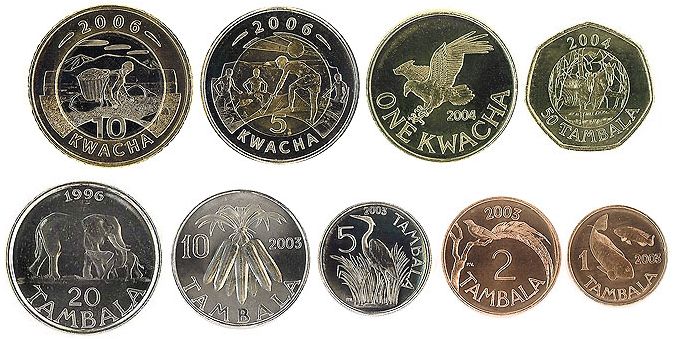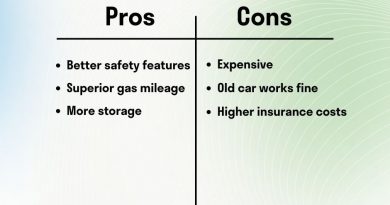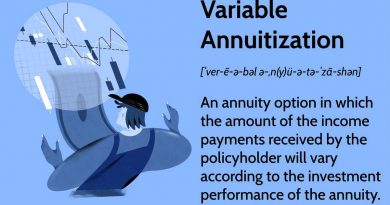Malawian Kwacha MWK Meaning History Malawian Economy

Contents
Malawian Kwacha (MWK): Meaning, History, Malawian Economy
What Is the Malawian Kwacha (MWK)
The Malawian kwacha (MWK) is the official currency of Malawi. It is abbreviated as MWK in the forex market and is represented by the symbol K. The currency is issued and maintained by Malawi’s central bank. One kwacha is divided into 100 tambalas. Bills range in value from K5 to K500, while coins are minted in denominations of one to 50 tambalas and smaller kwacha denominations. The currency is not pegged to any others in the forex market.
Key Takeaways
- The Malawian kwacha is the official currency of Malawi.
- It is abbreviated as MWK and represented by the symbol K.
- MWK ranges in value from five to 500 kwacha banknotes, as well as one to 50 tambalas and smaller kwacha coins.
- The Malawian kwacha replaced the Malawian pound in 1971 and was modeled after the Zambian kwacha.
- The currency was allowed to float freely against other currencies in 2012 and experienced significant inflation.
Understanding the Malawian Kwacha (MWK)
The Malawian kwacha is the official currency of Malawi. It is issued and maintained by the country’s central bank, the Reserve Bank of Malawi. The bank was established by Malawi’s parliament in July 1964 with the mission of maintaining financial stability through monetary policy implementation.
The kwacha became legal tender in 1971 when it replaced the Malawian pound. Banknotes are printed in denominations of K5, K10, K20, K50, K100, K200, and K500. Coins are minted in values of K1, K5, and K10 as well as one, two, five, 10, 20, and 50 tambalas, where one tambala is equivalent to 1/100 of a kwacha.
The MWK is a free-floating currency and is not pegged to any other currency in the forex market.
Special Considerations
Due to its economic instability, Malawi relies heavily on financial support from the International Monetary Fund (IMF). The IMF imposes reforms to guide the economy, including maintaining positive real interest rates and curbing inflation through proper monetary policy. Other required reforms include increased spending on infrastructure and social services, financial management reforms, and the implementation of other structural changes.
Malawi is implementing some of these principles, primarily through successful fiscal and monetary policies. However, political changes can affect adherence to these IMF-mandated reforms.
History of the Malawian Kwacha (MWK)
The Malawian kwacha was modeled after the Zambian kwacha (ZMK). The word "kwacha" means "dawn," symbolizing the beginning of a new era after independence. It was introduced as Malawi’s official currency in 1971, replacing the Malawian pound at a rate of K1 to two Malawian pounds.
In 2005, the Malawian government pegged the kwacha to the United States dollar (USD). However, an unofficial black-market exchange rate emerged, diverting foreign currencies away from official channels.
In 2010, US$1 could buy K150. Two years later, the central bank officially devalued the kwacha by 1/3 to boost foreign currency reserves for fuel imports. Since then, the kwacha has continued to lose value, with an exchange rate of about K725 to $1 in 2018 and K750 to $1 in 2020.
The Malawian Economy
Malawi is one of the world’s least developed countries. Its economy relies heavily on support from the IMF, the World Bank, and other nations. The country faces challenges in areas such as the economy, education, and the spread of AIDS. To qualify for loans and economic programs, Malawi often complies with IMF demands.
In 2021, Malawi’s GDP was reported at $12.63 billion. The annual GDP growth rate was 2.8%, and inflation reached an annual rate of 8.6%. Although these figures may not seem productive, they represent an improvement compared to past data. Inflation rates have fluctuated between single and double digits, and the annual GDP growth rate has varied from 16.7% to as low as -5%.



